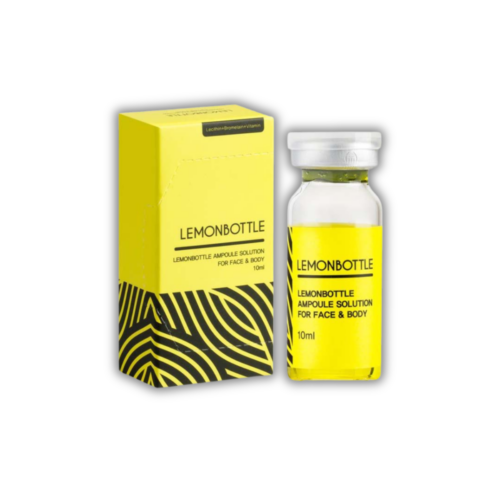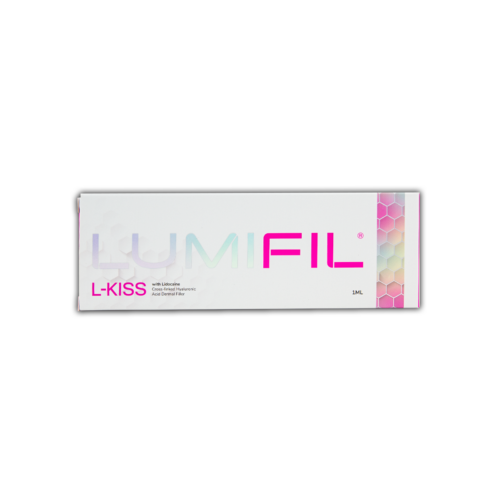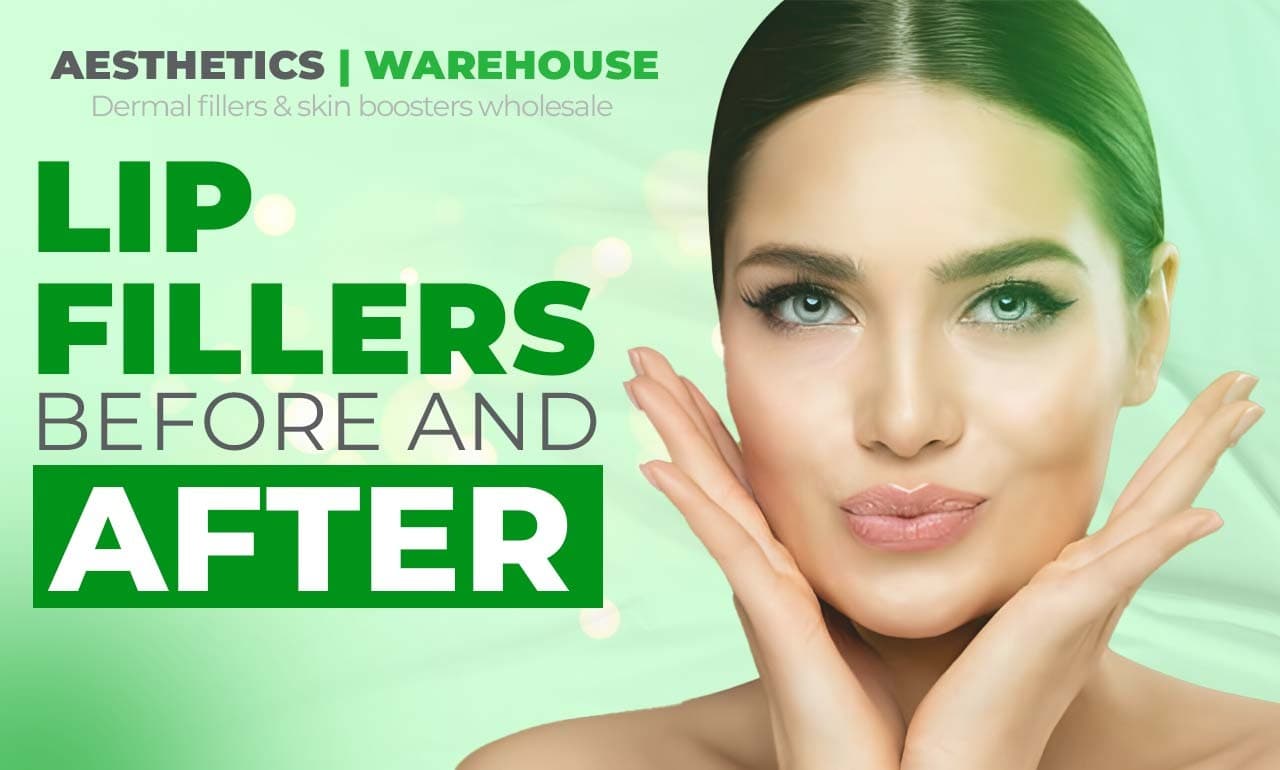Order by 3pm to Get Next Working Day Delivery
Save an extra 10%
-
HOT

Lemon Bottle ( 1 Vial )
£29.99 £24.99 ex. VAT -
HOT

Lumifil Kiss
£20.40 £17.00 ex. VAT



Lip fillers have become increasingly popular in recent years, offering a non-surgical solution for enhancing the appearance of one’s lips. Whether you desire a subtle boost or a more dramatic pout, lip fillers can help reshape and add volume to your lips, creating a fuller and more youthful look.
However, as with any cosmetic procedure, it’s essential to understand the process, manage expectations, and choose an experienced injector to achieve natural-looking and satisfying results.
In our blog post, we’ll dig deeper into lip fillers, exploring what they are, how they work, and the potential transformation they can bring. We’ll address common concerns and pay specific attention to examples of lip fillers before and after to help you visualise the outcomes.
Lip fillers are injectable gel-like substances designed to add volume and definition to the lips. These fillers are typically made of hyaluronic acid, a naturally occurring substance found in the human body that helps to hydrate and plump the skin.
The process of getting lip fillers involves injecting small amounts of the filler into strategic areas of the lips using a fine needle. The hyaluronic acid in the filler attracts and binds to water molecules, creating a smooth, natural-looking enhancement and fullness in the treated areas.
Once injected, the filler helps to temporarily restore volume, smoothing out fine lines and wrinkles around the mouth, and creating a more defined and plump appearance on the lips.
If you are planning to get a lip filler, you can expect the following changes after filling your lips:
One of the primary benefits of lip fillers is their ability to plump up thin lips, providing a fuller and more voluptuous appearance. For those who feel self-conscious about their naturally thin lips, fillers can help create a more balanced shape.
Lip fillers can also help to define the lip line, creating a more defined border around the lips. This can be particularly beneficial for those whose lip lines have become less defined due to aging.
Lip fillers are also known for their ability to correct asymmetry. Many people have slight asymmetries in their lip shape or size, and fillers can be used to balance out these differences.
Beyond simply increasing lip size, lip fillers can also add volume and definition to the lips, enhancing their overall shape and structure. This can result in a more youthful and attractive look.
After getting lipline fillers, you can feel enhancement in overall facial features. Fuller, more defined lips can complement and balance out other facial features, such as the nose, cheeks, or chin, creating a more pleasing appearance.
Dermal fillers including lip fillers are categorised into different types based on their contents. Here are some common types of lip fillers along with their pros and cons:
These fillers are made from a naturally occurring substance in the body that helps hydrate and plump the skin.
Pros: Natural-looking, reversible, minimal allergic risk.
Cons: Temporary results (6-12 months), more expensive.
These types of fillers are derived from purified bovine or human collagen.
Pros: Affordable, longer-lasting than some hyaluronic acid fillers.
Cons: Higher risk of allergic reactions.
These fillers are made from synthetic, non-animal-based materials.
Pros: Long-lasting results (up to 2 years or more), less costly.
Cons: Higher risk of side effects, not reversible, potential migration.
It is a procedure that involves transferring the patient’s own fat to the lips.
Pros: Uses patient’s fat, potentially permanent results.
Cons: Invasive procedure, potential irregularities, unpredictable results.
Note: Lip fillers fall under the umbrella of dermal fillers. While lip fillers specifically target the lips, dermal fillers can be used in various areas of the face, such as the cheeks, nasolabial folds, and under-eye regions. These minimally invasive treatments have become increasingly popular for their ability to restore youthful volume.
The procedure and materials used for lip fillers might be slightly different, but they share many similarities with other dermal filler treatments.
Firstly, it’s important to know that The U.S. Food and Drug Administration (FDA) has not approved lip fillers for individuals under 21. Therefore, you must be 21 or older to receive FDA-approved lip fillers. So, if you satisfy this criterion and are soon to get lip filler treatment, it’s important to acquire enough information about the procedure and potential outcomes. Here we will give you a quick overview of what to expect before, during, and after the treatment:
When considering lip fillers like collagen injections or hyaluronic acid injections for the face, your initial consultation is crucial. Discuss your desired look and goals with your provider, whether you want a subtle enhancement or dramatic face filling after the treatment.
Then they’ll assess your facial structure and recommend the appropriate dermal filler, amount, and injection sites. You may need to provide your full medical history and disclose any allergies. Your provider will give you pre-treatment instructions, such as avoiding blood thinners or certain medications before your dermal fillers appointment.
The injectable fillers for the face procedure itself are relatively quick. A topical anesthetic may be applied to numb the area before the injections. The numbing creams typically contain a combination of benzocaine, lidocaine, and tetracaine (BLT). After about 15 to 30 minutes, your lips should become numb. Then using a fine needle, your provider will carefully inject the derma filler (such as hyaluronic acid) into strategic points along your lip line and lip body. The entire process of face filling the lips typically takes 30-60 minutes. Remain still during the injections for precise application.
Immediately after treatment, you can expect some swelling, redness, bruising, or tenderness around the injection sites – these are common side effects as your lips adjust to the volume added by the filler. Your lips may appear overfilled at first, but this should subside within a few days as the filler settles. To aid recovery, apply ice packs and avoid strenuous activity for 24-48 hours. With proper post-treatment care, you’ll be able to admire your new, plumper pout in just a few days. The results of dermal fillers can last 6-12 months before touch-ups are needed.
Be sure to save your look of before and after collagen injections or hyaluronic acid injections to track your transformation.
The cost of lip fillers in the UK can vary significantly, but on average, you can expect to pay between £200 to £500 for the treatment. The exact price will depend on several factors:
Our blog about the pricing of dermal fillers in the UK can give you more insights into the factors affecting costs!
While lip fillers are generally considered safe when performed by a qualified professional, there are potential risks and complications associated with the procedure. It’s important to be aware of these risks and take necessary precautions to minimise them:
To minimise these risks, it is crucial to choose a qualified and experienced practitioner who is trained in proper injection techniques and has a deep understanding of facial anatomy.
While lip fillers are a popular and non-surgical option for lip augmentation, there are alternative procedures available for those seeking a more permanent or different approach. Here are some options to consider:
Lip fillers have emerged as a popular and effective solution for enhancing lip volume and definition. By understanding the different types of fillers, the procedure itself, and the potential risks involved, you can make an informed decision about whether lip fillers are right for you. Remember, choosing an experienced and qualified injector is crucial for achieving natural-looking and satisfying results. With proper care and realistic expectations, lip fillers can help you achieve the plumper, more youthful pout you desire.
Benefits of lip fillers include enhanced lip volume, shape, and definition.
Browse A Wide range of Lip Fillers at Aesthetic Warehouse, and Be Ready to Compare the Wonderful Results Before and After!